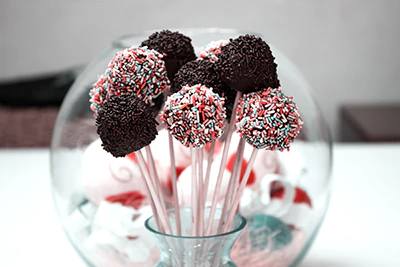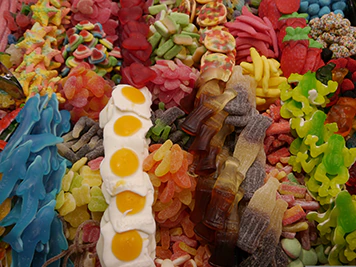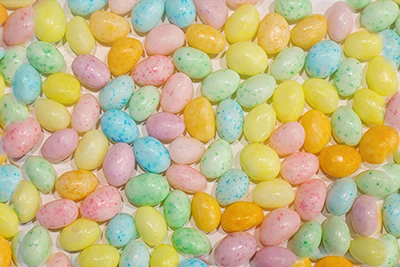| Essence |
Beeswax or E901 is a natural substance in the form of wax (a complex mixture of mostly esters, long-chain alcohols, and fatty acids) naturally created by honeybees (Apis mellifera) and typically yellow in color. |
| Names |
Yellow wax, Cera Alba, Cera Flava, Natural Wax, White Wax, Beehive Wax, Apis Mellifera Wax, E901, Beeswax, and others. |
| Sourcing |
Honeycomb frames. |
| Manufacturing |
The sourcing ingredient is processed either by heat or mechanical pressing. With the heat method, the sourcing ingredient is heated in a water bath or solar melter. This causes it to melt which helps remove any debris and other impurities. With the mechanical pressing, the sourcing ingredient is compressed which causes the wax to be forced out of it. Regardless of the method used, the wax can be further refined by straining, filtering, melting, and purifying to further improve the achieved outcome. After that, it’s typically poured into molds and controlledly cooled. |
| Application |
Glazing agent, preservative, Binder, and coating. It’s water-insoluble. |
| Acceptable Daily Intake |
None determined. |
| Side Effects |
At the very worst and in huge amounts, it can cause stomach upset. |
| Benefits |
It promotes liver health, balances cholesterol levels, offers anti-inflammatory benefits, and more. |
| Studies |
995+ studies on Pubmed. 50+ studies on safety. |
| Allergens |
None. |
| Diet Restrictions |
Not suitable for vegans. |
| Health Knight Assessment |
Only Beneficial. | Hence, it’s a Category 0 Additive. |
| Products |
Beeswax (E901) is used in processed foods such as chocolate candy, chocolate bars, licorice, gummy candy, chocolate asorti, hard candy, sprinkles, sweets, gum, jelly beans, cupcakes, eclairs, cookies, biscuits, jelly candy, jellies, chocolate snacks, mints, ice creams, protein bars, snack bars, and more. |



